Do you typically activate your camera’s autofocus by half-depressing the shutter release? If so, you are not alone. This is the most common method of using cameras in autofocus mode. And as we know, when focus is achieved and locked, fully pressing the shutter release takes the picture. Simple right? But, there is an alternative way to use autofocus, quite independently of the shutter-release button. It even offers a few advantages. It is called back-button focus.
When learning to use an autofocus camera, most photographers adopt the shutter-release-button approach to locking focus. Using this convenient mechanism, you can perform two important steps in sequence — focusing and then taking the photo. Furthermore, you can do it with just one finger operating one button. No wonder this is the most widely used approach to using autofocus.
However, many cameras offer you a way of operating the autofocus system without involving the shutter-release button. Instead, you press a button at the rear of the camera, hence its name: back-button focus. This is a very useful but, I suspect, underappreciated, way of taking photos.
Why exactly is this useful? I will illustrate by describing how I use it on my Leica SL2.
Back-button focus in Manual mode
Firstly, back-button focusing gives me a highly versatile ‘hybrid’ manual/autofocus mode. This greatly increases the likelihood that the camera will focus exactly where I want it to.
I first learned of it while viewing a YouTube Leica SL2 teach-in from Leica Akademie, Australia (of all places). Nick Rains describes it briefly in this YouTube clip, starting at around 3 min 20 sec.
Here is how it goes:
- Firstly, I place the lens in manual mode, spot focus, using the rear screen menu.
- For Sigma or Lumix lenses, I select manual mode via a switch on the lens itself.
- Through the camera’s EVF, I aim the focus point at the subject of interest.
- Using my thumb, I press the joystick at the rear of the camera.
- The target clicks into sharp focus, and the focal plane remains locked.
- If desired, I can recompose.
- I press the shutter-release and take the photograph.
I do not need to depress the shutter-release button until I am certain that my subject of interest is in focus. If necessary, I can press the joystick again and again until that is the case. It is an extremely elegant way to achieve sharp focus every time. I, rather than my camera, completely control focus.
Since I am in manual-focus mode, I can also take complete control over focusing by turning the focus ring. However, the hybrid manual/autofocus mode described above is so much faster.
Back-button focus in AFc mode
Among the autofocus modes available on my SL2 is AFc: continuous autofocus. As long as the shutter button is half-depressed, the camera will continually try to focus on the target. This is of course extremely useful for maintaining focus on moving subjects.
This is quite different from AFs: single autofocus. Here, when I half-depress the shutter button, the camera maintains the focus established by the AF system, even if the subject moves.
However, using back-button focus, I can have the best of both worlds. Setting the camera in AFc mode means I can track moving objects by half depressing the shutter button. But, if I want to lock focus and recompose, I can just press the joystick. This overrides AFc-mode and, in effect, puts the camera in AFs-mode.
So, I can leave the camera in AFc mode, knowing I can quickly adopt AFs mode at any time by back-button focusing.
Back-button focus on the Lumix S5
Many other cameras offer a back-button-focus feature. As well as an SL2, I own a Lumix S5, which has a dedicated back-focus button, labelled AFON. I can easily reach it with my thumb.
I place the camera in manual mode via either a switch on the lens, or a dial at the rear of the camera. The AFON button then operates in the same way as the SL2’s joystick. Aiming the focus point at the target, then pressing the button, brings the subject into focus. The feature works well, but the SL2’s superior EVF and tactile joystick make it a more satisfying experience than with the S5.
As with the SL2, in AFc mode, pressing the AFON button achieves and locks focus, overriding AFc.
Back-button focus on the Leica Q2
It is even possible to customise the Q2 (and presumably the Q3) to enable back-button focusing. The implementation though is quite different from the SL2. The default setting for the small rear button allows the user to cycle through the digital zoom frame lines. However, it can be reset to ‘AF-lock’ via the Customisation Control item in the menu.
Pressing the button then sets and locks focus. This also deactivates shutter-button-focusing; its only function is to release the shutter. After taking a photograph, shutter-button-focusing is restored unless the rear AF-lock button is pressed again.
The feature works well, but the button is small, and so I found it trickier to use than even the S5 AFON button. I found it even trickier with a thumb-grip fitted; I had to resort to pressing the button with my thumbnail.
The versatile hybrid manual/autofocus mode described above for the SL2 and S5 is not available in the Q2.
The disadvantages of back-button focus
The only issue I see with this alternative approach to focusing is one of coordination. I needed to learn how to coordinate the use of two separate digits to operate two separate buttons. The implementation of the SL2 is so slick that it has become second nature now. But, initially, under some self-imposed pressure to quickly take a shot, I became flustered.
If I ever lent my SL2 to another photographer, they could still use it in conventional shutter-release-button-focusing mode. However, apparently in some camera models, configuring a rear-button focus completely disables shutter-release focusing. That could be problematic for someone borrowing such a camera.
Back-button focus on other cameras
This article in Photography Life provides both a great overview of the technique. It also provides instructions for how to configure multiple camera types.
And if you need more convincing of the value of back-button-focusing, this YouTube clip provides a practical example.
If you have not tried back-button focusing, perhaps this article will prompt you to give it a try. If this is already your modus operandi, please let us know how you got started, and if you have any tips for new users.
Want to contribute an article to Macfilos? It’s easy. Just click the “Write for Us” button. We’ll help with the writing and guide you through the process.

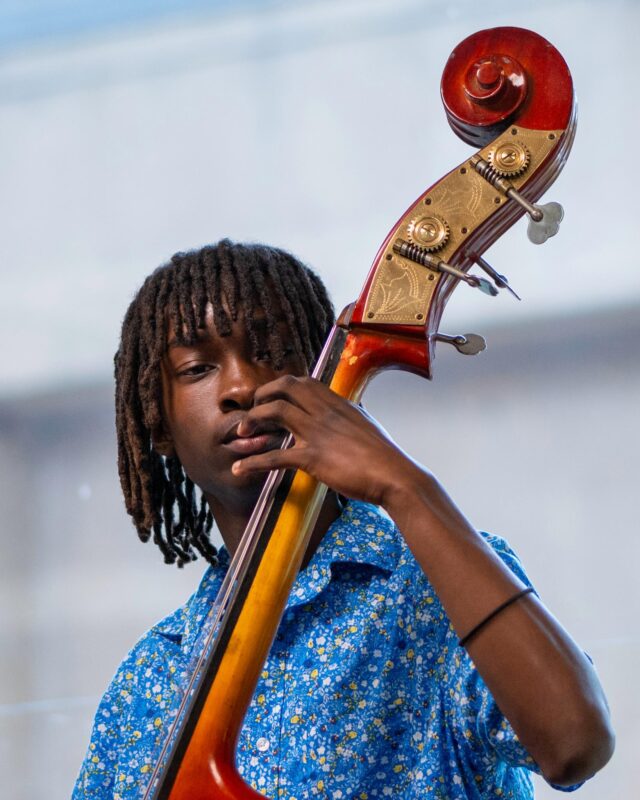
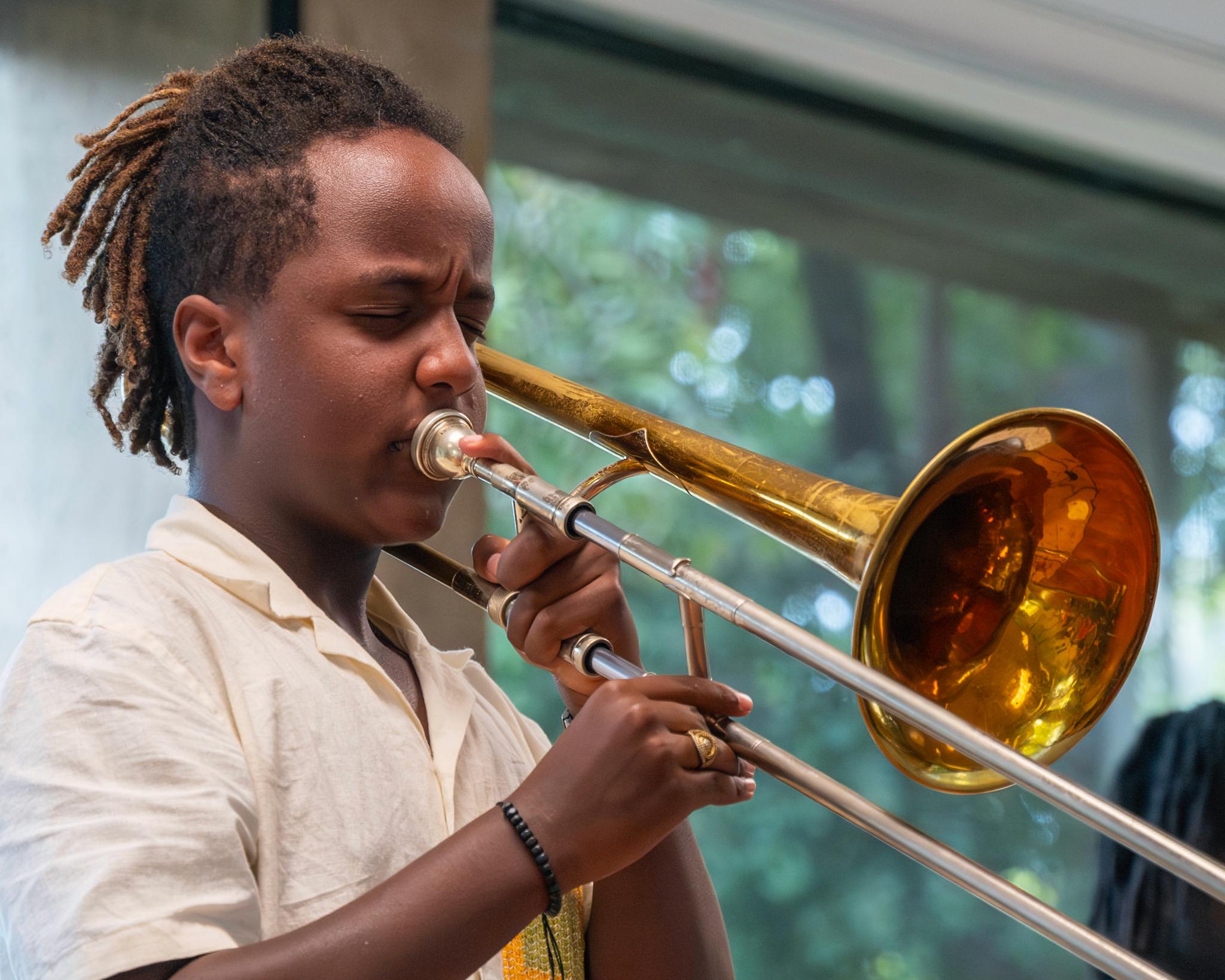
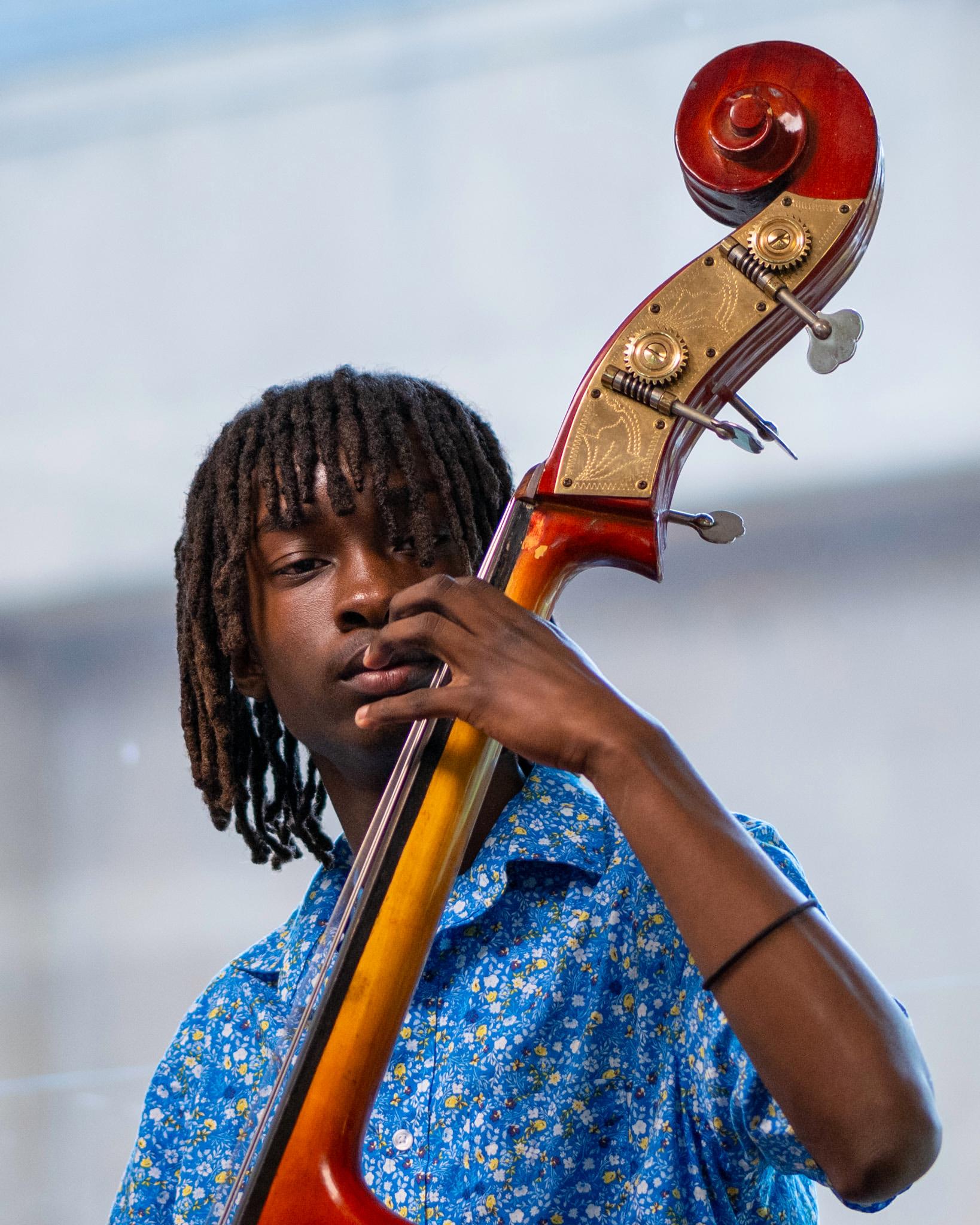
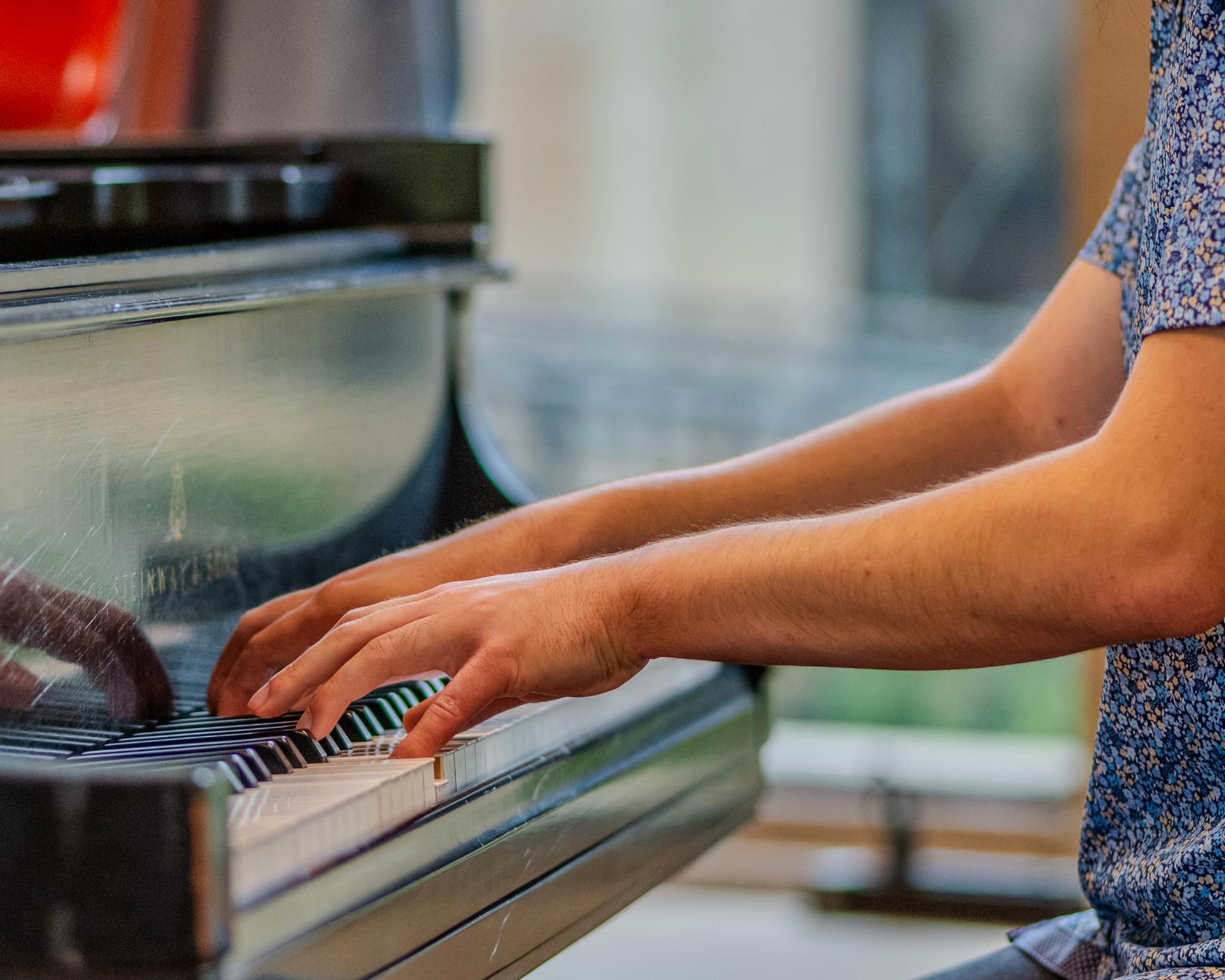

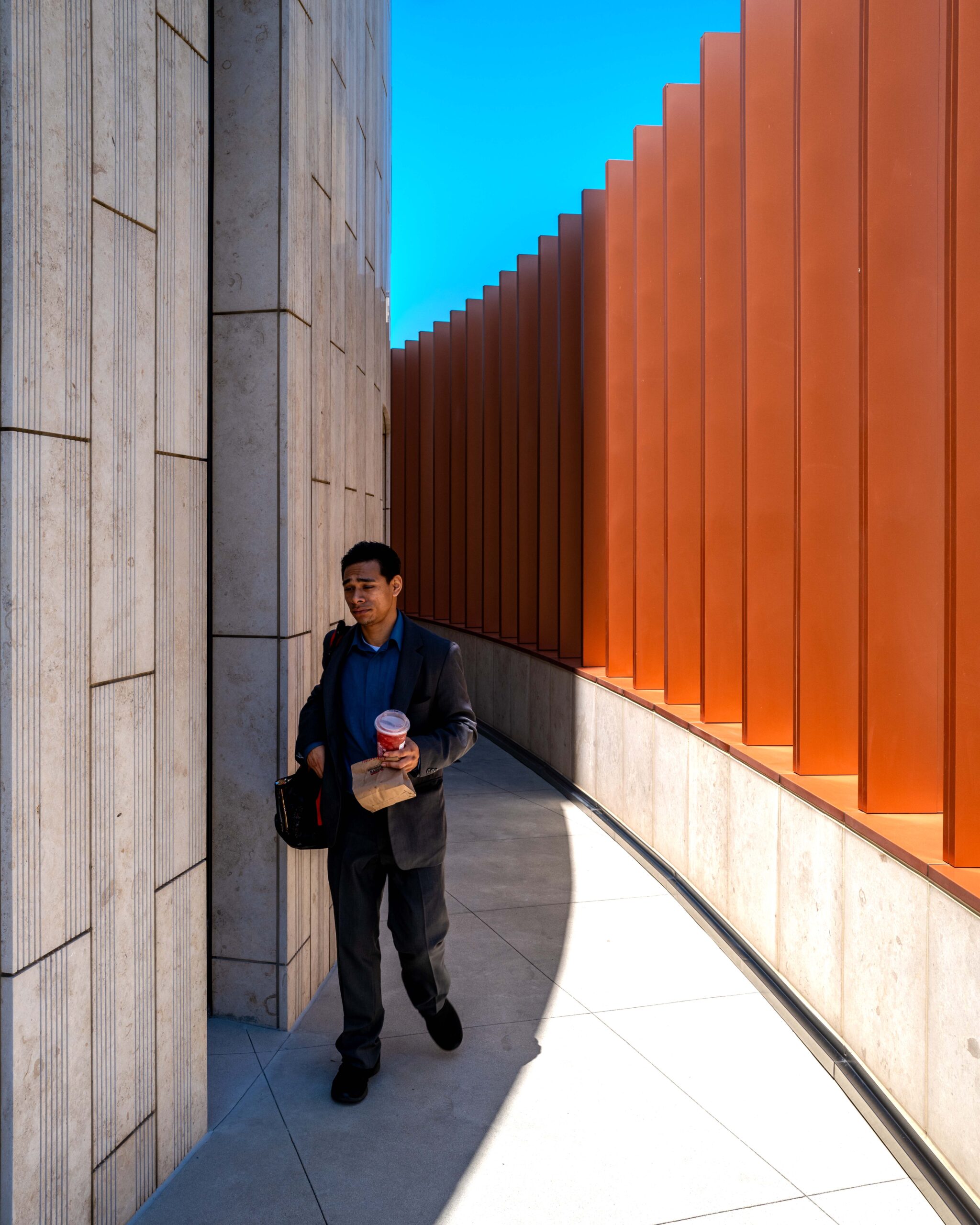




I decouple the focus from the shutter release on every single camera I own, if possible. I use the thumb to focus and forefinger to lock the metering / release the shutter. It feels very natural to me, I actually dislike the AF kicking in everytime I half press the shutter. I can quickly af on an object in the frame , recompose without losing the focus plane, set the metering to whichever part of the frame I wish, take the picture. It’s very effective in C-AF too, as releasing the thumb stops the AF shifting, which is sometimes very handy if trying to photograph wildlife through intermittent foreground foliage etc. it all feels very natural and for me, is how every camera should be. For Fuji, X-pro and X100 cameras, I use a workaround similar to as discussed in the article, switching the camera to MF but the AF/Ae button still works as an AF button .
Welcome back to Macfilos, Jason. I nearly asked you to grab some shots of that large new Leica store they’ve opened in your city, but didn’t get around to it. What about another article or two?
If other readers are interested, here is a link to your previous articles which appeared in Macfilos.
Mike
I use it a fair bit. For example when taking panoramas I might take two to five images to stitch together. Back button focus ensures all the images are focused at the same distance as focus doesn’t change between shots unless I push the toggle switch. Unfortunately it doesn’t work with all L mount lenses. The Panasonic 70-200mm f4 has a manual focus collar which when engaged the lens doesn’t respond to back button focus.
Tom,
If you’ve set the focus on the Panny 70-200mm lens manually – in the manner that you set and keep the focus using the ‘back button’ – why is it unfortunate that ‘back button’ doesn’t work on that same Panny 70-200mm?
Surely one method’s just as good as the other, isn’t it?
For me the usefulness of back button autofocusing arises when (1) focusing on a subject that may be too light or too dark for accurate light metering, then (2) shifting the camera and half-pressing the shutter button to meter off some other area that has more exposure-accurate lighting, and finally (3) reframing the image to best compose and take the photograph.
Ah, so you’re saying, Art, that ‘back button focusing’ disentangles the light metering from the focusing, so that’s its merit: half-squeezing the shutter button sets focus AND light metering at the same time normally, so ‘back button’ separates them from each other, to do only metering with the shutter button.
Mmm; I can see the point of that: it’s two separate fingers for two separate processes.
It’s just that I assess the lighting by eye before half-pressing the shutter button, and use – if there is one on the camera ..which there usually is on the cameras I use – the exposure over- / under-expose dial to adjust the metering before I raise the camera to my eye.
That’s what’s so great about the Sony and Olympus cameras I use – and the M10, compared with the M9 – the over/under exposure dial is right there under your thumb! Faster and less intricate, I find, compared with using a rear focus button and a metering shutter button.
But you make a good point..
I’ve tried the back-button focus setup after reading this article (if memory serves me right might have try that some couple of years ago), but like David B. I cannot see much use for it. I setup my SL2-S focusing to AFs or AFc and AF Mode to Spot then take a shot and check for focus on the screen.
Thanks … useful article. I’ve heard the term before but never really understood what it meant.
.
I’ve tried it, and occasionally used it, on my Nikon Df, but couldn’t really see the point of it. It means co-ordinating two fingers instead of just the one finger on the shutter button.
And I always choose – on every camera – ‘tiniest possible central teeny focusing square’ mode, so that I know that the central point of whatever I’m pointing at will always be what the camera focuses on. (I never use some wider area of focusing ..as that would let the camera choose the focusing point, instead of the photographer choosing it!)
I can’t think of any circumstances in which I (..but others may think differently, of course!..) would want to press TWO buttons instead of just the one shutter button. And every photo I take – using only the shutter button for focusing – gets me a photo which is sharp in exactly the place I want it ..so-called ‘focus & recompose’, keeping the point of best focus constant, and then moving the camera to re-frame the picture how I want it. (Of course, with a manual focus camera like an M, none of this is relevant, as – until focusing is enabled within the camera! – my fingers on the lens always do the focusing.)
I can understand the ‘rear focus’ button on the SL2 switching between a pre-chosen manually focused distance and a swift swap to auto-focus ..and then back again by pressing again – as I sometimes use that with a video camera: set manual focus to where you want ‘home’ focus to be, and momentarily press ‘Auto-Focus’ to follow someone who’s moving, or to change emphasis to someone who’s at a different distance within the frame.
But for still photos; too complex for me ..as my brain cells die off, I need to keep it simple!
Hi David, I fully agree.